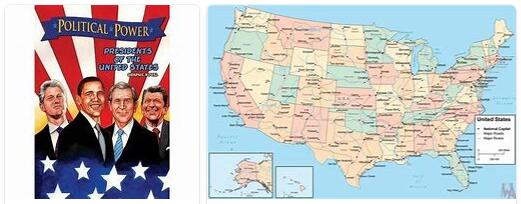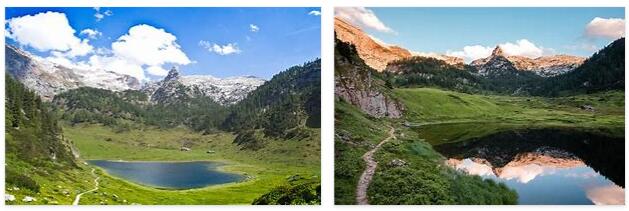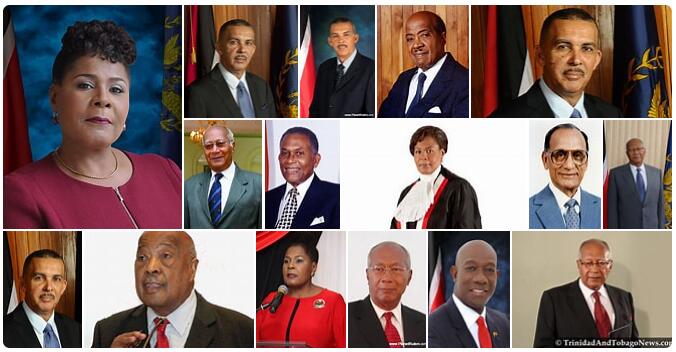Haywood County, located in the western part of the state of North Carolina, is a region renowned for its picturesque mountain landscapes, rich cultural heritage, and vibrant outdoor recreation opportunities….
Geography of Curry County, New Mexico Curry County, located in the eastern part of the state of New Mexico, is characterized by its diverse geography, including plains, plateaus, and mesas….
Geography of Hancock County, Ohio Hancock County, located in the northwestern region of Ohio, boasts a diverse geography that encompasses fertile farmlands, meandering rivers, serene lakes, and gently rolling hills….
Geography of Isabella County, Michigan Isabella County, located in the central part of Michigan’s Lower Peninsula, is a region characterized by its diverse geography, natural beauty, and rich cultural heritage….
Gilpin County, located in the central part of the U.S. state of Colorado, is a small but scenic area known for its rugged mountains, historic mining towns, and abundant outdoor…
El Paso County, located in the central part of the state of Colorado, United States, is characterized by its diverse geography, majestic mountains, and high desert plains. From its towering…
Geography of Gunnison County, Colorado Gunnison County, located in the heart of the Rocky Mountains in Colorado, is a region of breathtaking natural beauty characterized by rugged mountains, pristine rivers,…
Chester County, nestled in the north-central part of South Carolina, boasts a landscape marked by rolling hills, waterways, and a climate reflective of the region’s subtropical climate. Exploring the geography,…
Baraga County, located in the Upper Peninsula of Michigan, is a region characterized by its pristine natural beauty, rugged landscapes, and a strong connection to the Great Lakes. The county’s…
Geography of Baxter County, Arkansas Nestled in the picturesque Ozark Mountains of north-central Arkansas, Baxter County is a region of stunning natural beauty and diverse landscapes. Spanning approximately 554 square…
Israel LaFleur Bridge Israel LaFleur Bridge Spans Calcasieu River Lanes 2×2 Total length 2,600 meters Main span 260 meters Bridge deck height 43 meters Opening 00-00-1962 Traffic intensity 54,600 mvt/day…
According to ACT-TEST-CENTERS.COM, San Francisco, also known as ‘City by the Bay’, is the fourth largest city in California located in Western America . It is also the only city…
Diving Diving is one of the most popular sports in the USA. There are points for interesting dives almost along the entire coast. The Americans pay increased attention to safety:…
State Route 24 in Texas SH 24 Get started Campbell End Paris Length 31 mi Length 50 km Route Campbellcommerce Cooper Paris According to IAMACCEPTED.COM, State Route 24, commonly known as State…
Washington State Route 516 SR-516 Get started Des Moines End Maple Valley Length 16 mi Length 27 km Route Des Moines Midway Knows Covington Maple Valley According to Existingcountries, State…
Geology As a result of North America’s westward movement, ocean crust beneath the rim of North America has moved into the mantle over millions of years, sometimes pressing pieces of…
State Route 31 in Washington SR-31 Get started Tiger End Metaline Falls (CDN) Length 27 mi Length 43 km Route Tigerion Metaline Falls According to watchtutorials, State Route 31 or…
US 53 in Wisconsin US 53 Get started La Crosse End Superior Length 229 mi Length 368 km Route La Crosse Holmen Osseo freeway 84 → Minneapolis / Madison 85…
Founded in 1852, the city of Oakland is heavily influenced by industrial traditions and represents the culture of the American working class. Who doesn’t know the song ” Sitting on…
Texas, that includes superlatives, cowboys, barbecue, Spanish culture, ghost towns, lively cultured metropolises, cultural attractions, ghost towns like Terlingua, parks like Six Flags over Texas and one-off events. That includes…
JUNE 1775. The second congress of representatives of the English colonies of North America meets in Philadelphia. The situation is serious. The motherland wants to impose laws that are very…
Canada is located in North America and is considered a multicultural country. The culture has been influenced by the indigenous culture of indigenous peoples as well as by the British…
Bahamas – the incredible beauty of the island, which will give the most unforgettable beach relaxation trip – there is only relaxation and no fuss! Beautiful villas, hotels, beach houses……
The history of the birth of modern art of the last forty years is confused with the history of the Photo Secession Gallery in New York, located at no. 291…
Canadian art in recent decades has been characterized on a quantitative level by a notable expansion, connected with the strong population increase and economic development, and on the qualitative level…
National symbols The national flag was adopted in its original form in 1775, in 1777 the British Union Jack in the Obereck was replaced by a blue field with 13…
French-Canadian Colonial Literature (1663-1760) The first literary evidence of the French province of New France (1534–1763) included v. a. travelogues printed in France (expedition reports by J. Cartier, S. de…
There are daily reports in various media about the depletion of the ozone layer, climate change, dwindling freshwater resources, deforestation, acidification, desertification, air pollution and so on. When it comes…
Training From the very beginning, UNESCO has had as one of its most important goals that all people should learn to read and have access to education. The UN…
Summer holidays on the beach, the sun shines from the sky, cocktails by the sea and swimwear wherever you look – is that not for you? The ten coldest places…
The fortress that protects San Juan has defended the city since the 16th century against attacks by pirates, Spaniards and Americans, among others. To the beach to relax Puerto Rico…
Early period until the 15th century It was Christopher Columbus who gave the Native American name Indians: he thought he had found the western sea route to India and, without…
Discovery and settlement by Europeans When Christopher Columbus discovered the island of Trinidad during his third voyage in July 1498, it was presumably populated by the Arawak and the Caribbean…
Saint Vincent and the Grenadines is a picturesque island nation located in the Caribbean region, in the Lesser Antilles chain of islands. Location: According to Availablecountries, Saint Vincent and the…
Located in the eastern Caribbean Sea according to All-Countries-of-the-World.com, Saint Lucia is a picturesque island nation nestled between Martinique to the north and Saint Vincent and the Grenadines to the…
Saint Kitts and Nevis, a small dual-island nation located in the Caribbean, is renowned for its stunning natural beauty and rich cultural heritage. With a combined population of approximately 55,000…
Pre-European history Pre-European history points to human settlements that existed around 10,000 years before the beginning of the Christian era. Around 400 BC Settled groups lived on what is now…
Beginnings The area of present-day Nicaragua was presumably already from 30,000 BC. settled. When Christopher Columbus discovered the east coast of the country on his third voyage in September 1502,…
Native American civilizations It is estimated that hunters and gatherers began to colonize the Mexican highlands 20,000 years before the beginning of the Christian era (from about 5500 BC also…
Spanish rule Before the Europeans set foot on Jamaican soil with Christopher Columbus in May 1494, around 100,000 arawaks (or aruaks) lived here who had immigrated from South America in…
The region of today’s Honduras was inhabited even before the beginning of the Christian era. The Cop¨¢n ruins, in particular, indicate that the country was the center of Mayan civilization…
Settlement by Europeans On his first “West India” trip, Christopher Columbus discovered the mountainous island in 1492, on which the two states Haiti and Dominican Republic are located today. It…
Early history to the Middle Ages The first traces of settlement point to tribes that lived in the region about 7500 years ago and founded the first permanent settlements about…
Discovery by Europeans When Christopher Columbus discovered the island of Grenada on his third voyage in 1498 and called it “Concepti¨®n”, members of the Caribbean tribe lived here, who had…
Early period up to the 17th century Traces of settlement from the second millennium BC have been discovered in the area of today’s El Salvador. Around 900 AD the area…
Middle ages Around 700 AD Aruak tribes from Venezuela migrated via the Lesser Antilles to what is now the Dominican Republic. They were the culmination of cultural development before the…
Beginnings Even before Christopher Columbus discovered the island on his second “West India” trip, members of the Aruak Indians (Arawak) lived here, who were then displaced by the warlike tribe…
Early period until the 18th century The island of Cuba was populated by various Indian tribes even before the Christian era began. The first knowledge of agriculture was brought to…
Early to modern times Before the arrival of the Europeans, Central America ethnically formed a bridge between South and North America, which was inhabited by both nomadic and sedentary residents….
Early history The first residents of Canada immigrated about 30,000 years ago over a land bridge between Siberia and Alaska that existed in the then ice age. It can therefore…







































